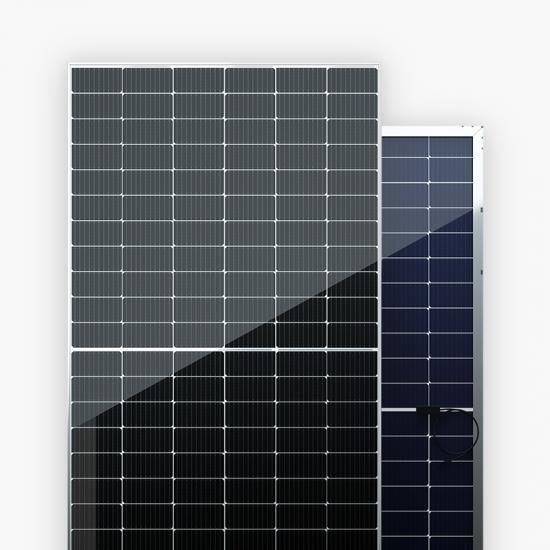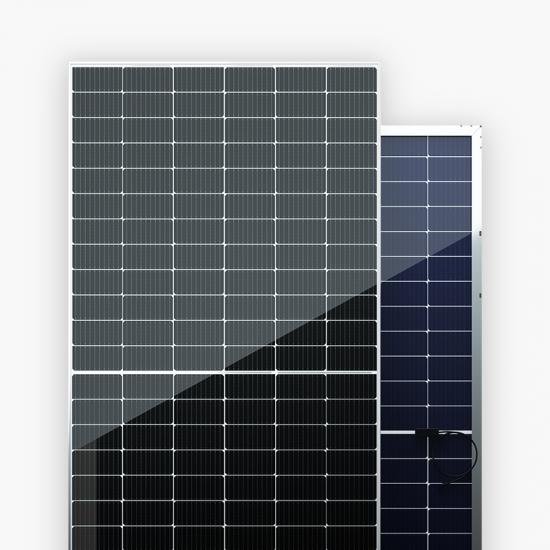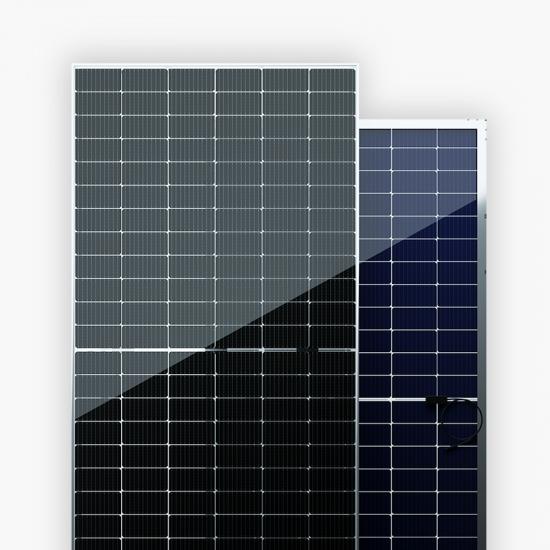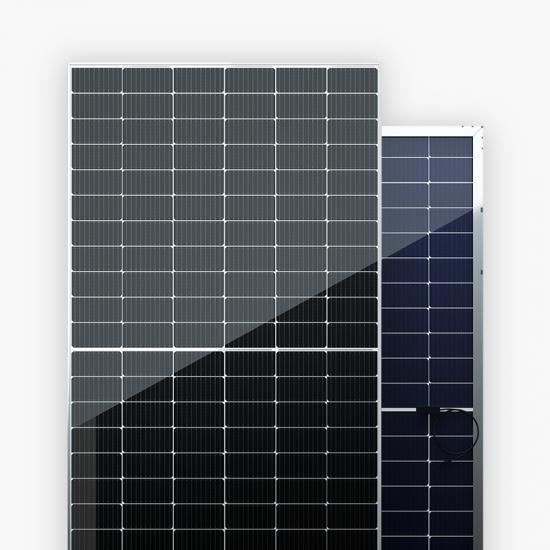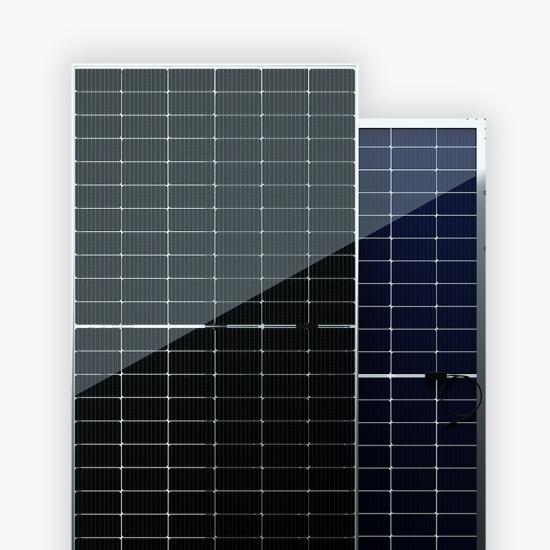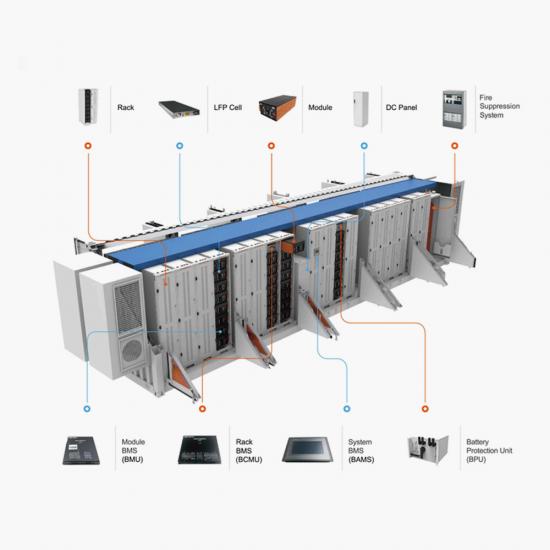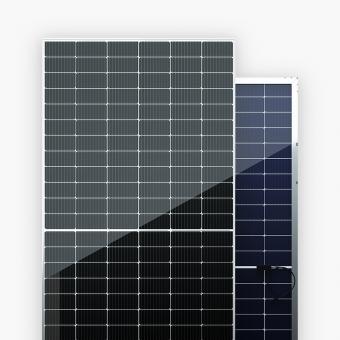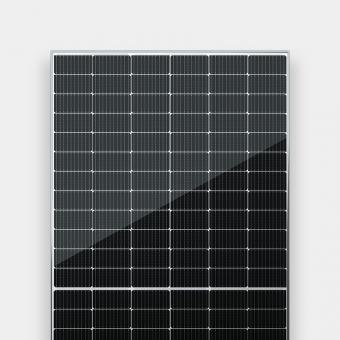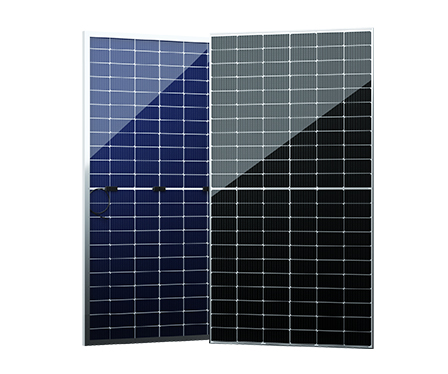
MBB BiMAX5 Solar Module
BiMAX5 integrates a variety of technologies such as half-cut cells and multi-busbar, with a maximum power up to 490W. Multi-busbar can shorten the current conduction distance by more than 50%, thereby reducing the loss of internal band resistance. With thinner and narrower bus bars, more sunlight can be reflected back to the circular bus bars, thereby improving energy efficiency. In addition, the unique half-cut cells circuit design can reduce the power loss caused by the strip resistance to 1/4 of the full cell, thereby reducing the resistance in the strip, and ultimately increasing the overall module efficiency by more than 2%.
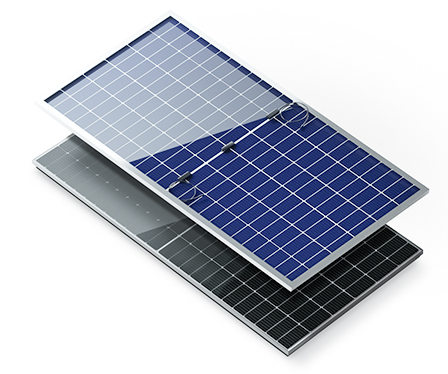
Large Solar Cell Technology
BiMAX5, 182mm large half cut MBB solar panel with 12-year material & technology warranty, 30-year linear power output warranty. Increased total power output through generation from front and back side. Maximize limited space, savings in BOS and labour cost. Compatible with major tracker systems. Module coating resistant to sand, acid, and alkali. Better shading tolerance.
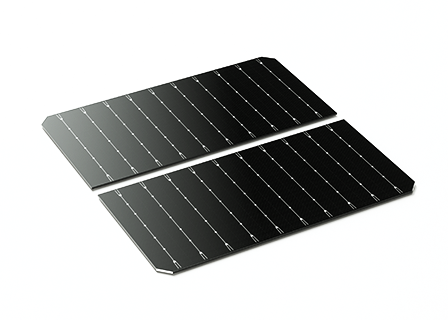
Half Cut Technology
They enable optimized performance for utility/C&I applications. The 2mm AR coated glass layers and custom frame design enables ease-of-use and compatibility with standard installation methods for utility and C&I applications. With just a 2% LID and 0.45% annual degradation rate, these half cut cell modules deliver low currents and higher lifetime energy when paired with a single-axis tracker. An adaptive tracking algorithm brings extra performance gain of up to 2%.

BiMAX5 Solar Panel Certifications:
IEC 61215, IEC 61730, UL 61730
ISO 9001:2008: ISO Quality Management System
ISO 14001: 2004: ISO Environment Management System
OHSAS 18001: 2007 Occupational Health and Safety
BiMAX5 Solar Panel Features:
- Bifacial technology enables additional energy harvesting from rear side (up to 25%)
- Glass/glass lamination ensures 30 year product lifetime, with annual power degradation < 0.45%,
- 1500V compatible to reduce BOS cost
- Solid PID resistance ensured by solar cell process optimization and careful module BOM selection Reduced resistive loss with lower operating current
- Higher energy yield with lower operating temperature
- Reduced hot spot risk with optimized electrical design and lower operating current













